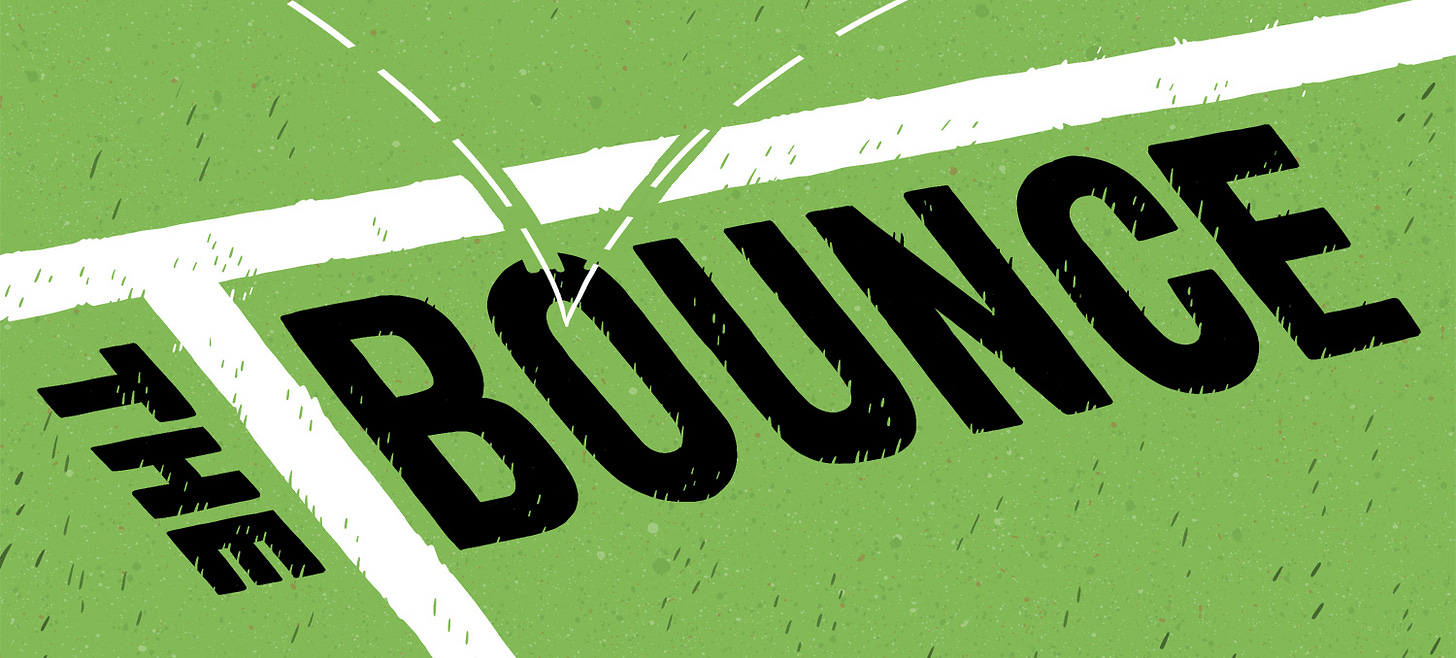A few weeks ago I took a trip down memory lane as I was asked to put some thoughts together on Heath Davis. That sent me not only to the aforementioned lane, but also down a late-’80s to early-’90s rabbit-hole of age-group cricket. A former teammate suggested I reach out to Justin Paul, a former Canterbury age-group opponent who was doing a bit of writi…
Keep reading with a 7-day free trial
Subscribe to The Bounce to keep reading this post and get 7 days of free access to the full post archives.

